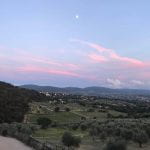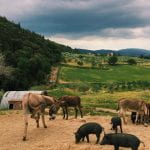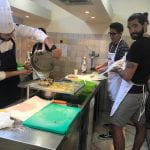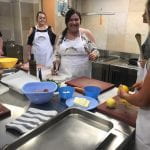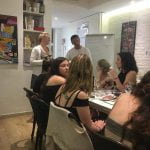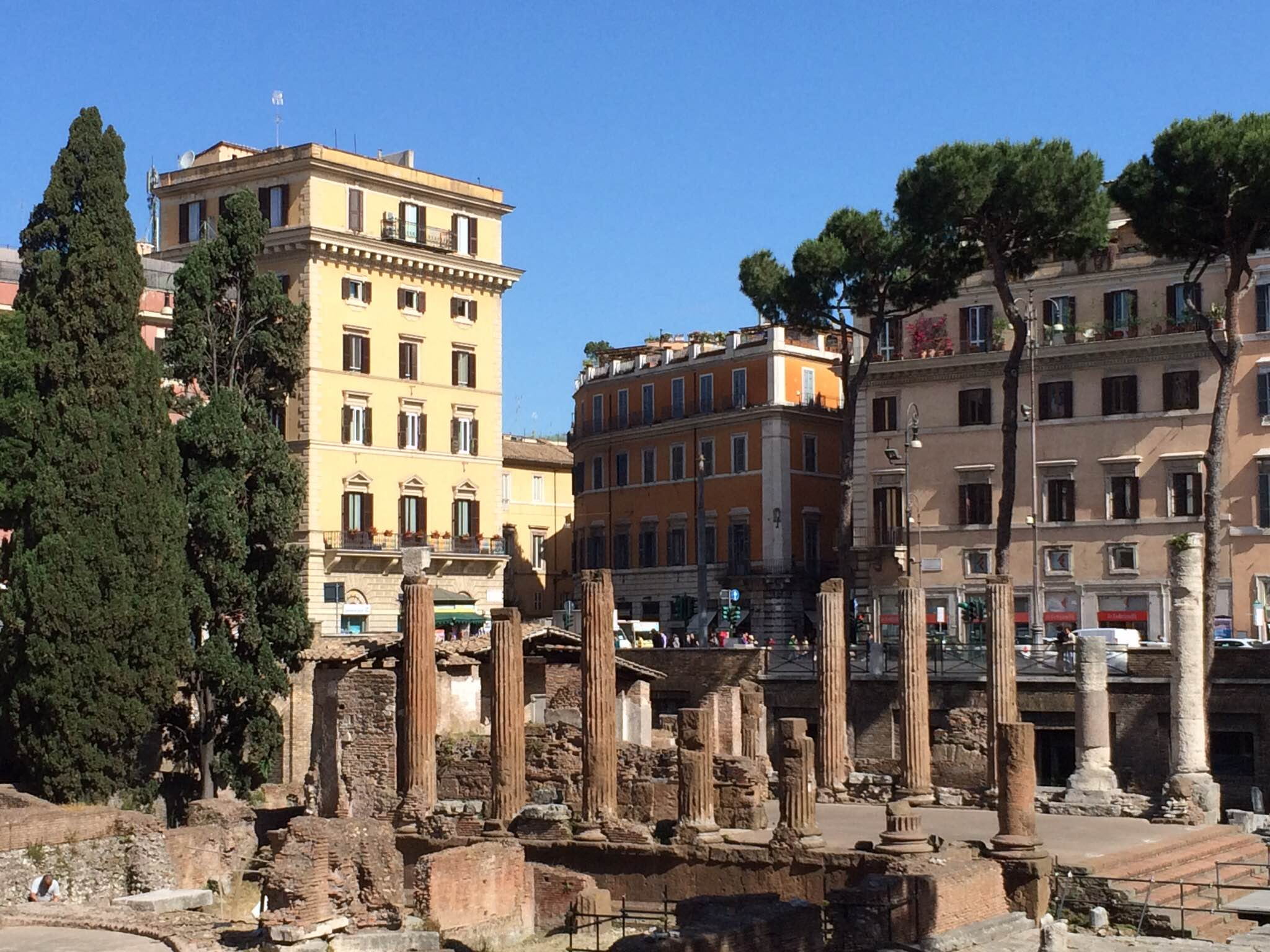
Day 12: Galileo Museum
Student Blogger: Natalie Badra
The Galileo Museum featured five centuries of scientific collections which included geometric and military compasses, clocks and watches, magnets, telescopes, thermometers, and medical tools. It was an interesting experience learning about all of the Renaissance instruments. The museum featured the objective lens of the telescope that Galileo used to discover the Jupiter satellites. The summer of 1609 was the beginning of his telescopic exploration which eventually opened the way to the Copernican System. Our OPC told a story of how Galileo was the first to use a telescope from a ship to look up at the sky instead of out into the sea.
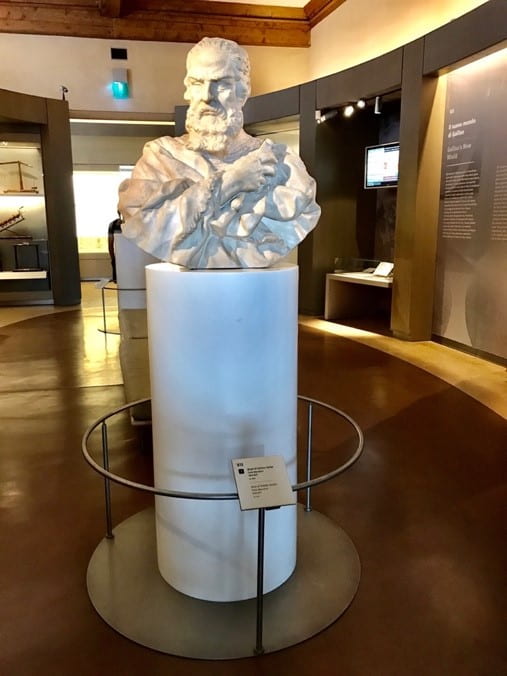
Through the study of nature and laws of motion Galileo formed an entirely new dynamic based on mathematical reasoning and innovative experiments. His astronomical discoveries changed the way of thinking that had been instilled in people’s minds for two thousand years. This new idea of how the planets orbit was often criticized and the people’s egocentric and ethnocentric ways of life made it difficult for a new idea of space and time to be believed in. Galileo’s discoveries and inventions have helped form the tools of modern living. There was an ancient tool displayed that looked similar to a defibrillator and was first mistaken for an electric shock therapy tool.
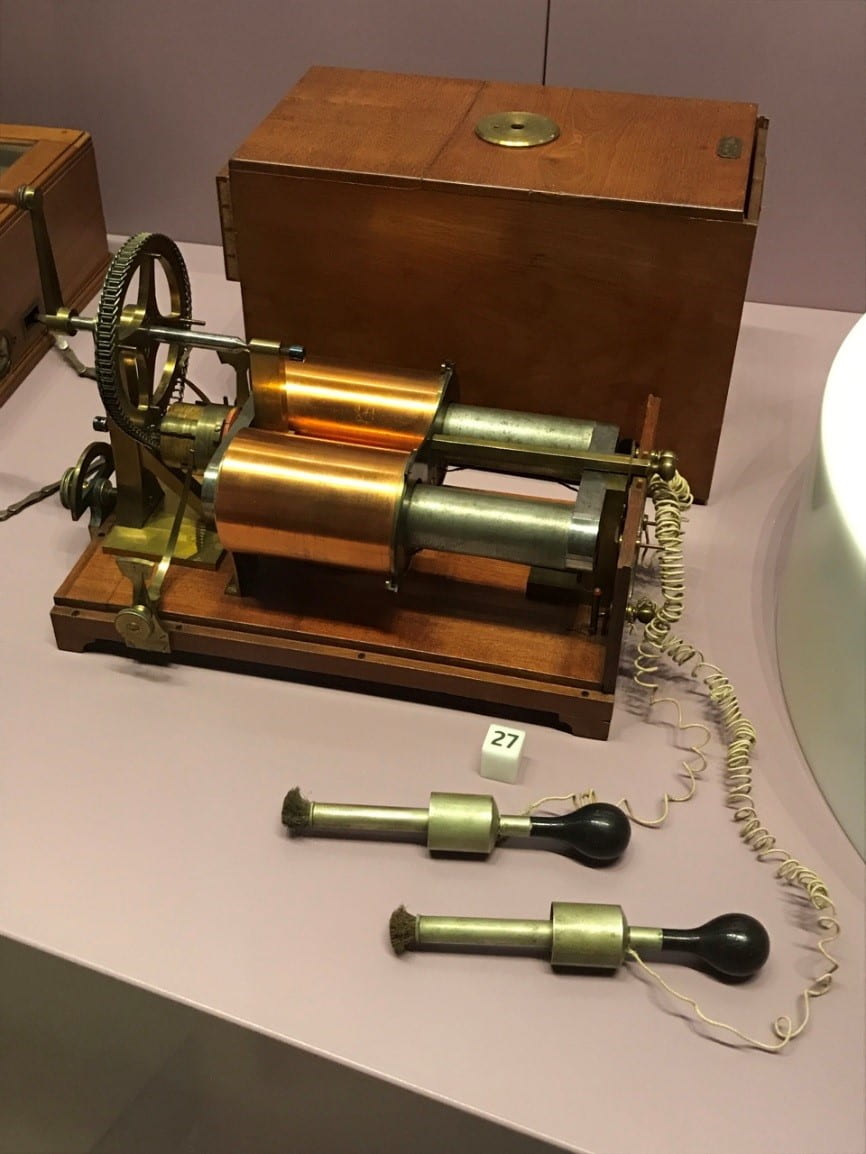
All of the tools in the museum proved that this time period of Galileo’s discoveries had a large impact on science in all aspects and helped the world move forward in efficiency. A more productive way of living was formed through these discoveries and inventions while also helping to ease the stress of life.
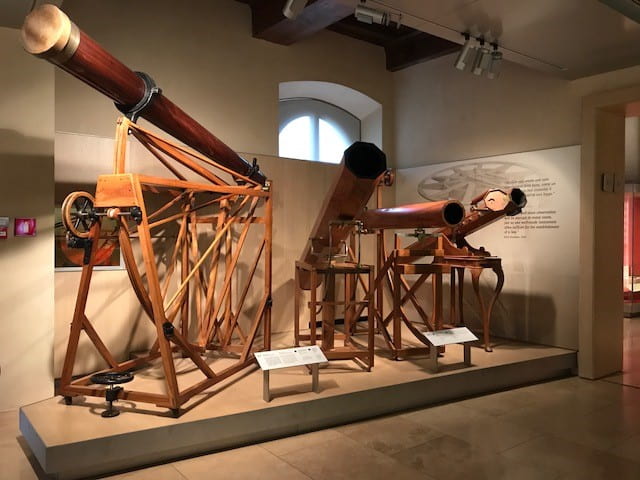
Day 12 (Part 2): Fattoria di Maiano
Student Blogger: Haley Ward
We traveled to Fattoria di Maiano, a 300-acre farm in Fiesole, Italy. This particular farm grows olives and makes their own olive oil. Our guide explained the difference between extra virgin and regular olive oil; extra virgin means that the olives are pressed and crushed for their oil, while regular olive oil involves chemicals to extract the oil. The farm is home to over 20,000 olive trees with two different types of olives, frantoio and moriolo. The higher quality olive oil is made with 80% frantoio and 20% moriolo, while the classic oil has equal parts of each.
The farm is also home to plenty of animals, almost all of which come from around Tuscany. The animals mostly hang out at the farm, but the chicken eggs are sold as well as the baby cows for veal. The farm also has a vegetable garden, or “orto,” where numerous types of vegetables grow.
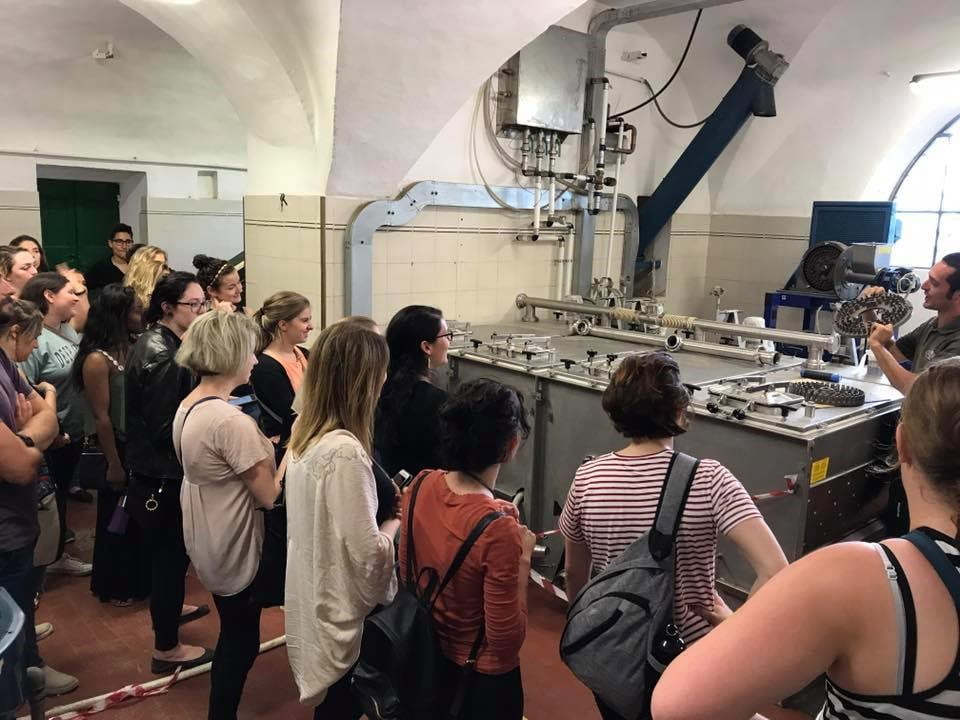
We traveled back behind the farm to see a tower overlooking a little lake. This tower was made 300 years ago as a vacation home for Queen Victoria, who spent her summers in Tuscany. The tower was made from the cave next to the tower, which also provided the stones for the steps of the Duomo. The farm is currently renovating it to open the tower as a vacation spot–you might catch me there one day!
We then went through the farm buildings to see the machinery used in the oil making process. First, the olives are weighed. About 10-15% of oil is produced per kilo of olives. After weighing, the olives are washed and sealed away from oxygen for the duration of the process. Reducing the exposure to oxygen preserves the oil and keeps it fresh much longer. The olives are ground to release water and then sent through a canter, which spins the olive to extract the oil. Cold water is used after this process to increase the quality of the oil (hot water produces more oil, but with a lower quality).
Once done the tour of the machinery, we became educated on the proper way to taste olive oil. Professional tasters use blue glasses when tasting the oil to hide the color and eliminate bias while tasting. We then tried some bruschetta, a traditional meal after the first press of the olive. It is much simpler than bruschetta we’re all used to; toasted bread, garlic, salt, pepper, and olive oil make up this tasty treat!
Overall, the experience at the farm was amazing! The views were beautiful; you could see all of Florence from the top of the farm! The olive oil was great too, and everyone was a fan of the animals! I really enjoyed exploring the farm and becoming aware of the rural aspect of Italian culture.
Day 13/14: Florence Foodie Tour
Student Author: Ally Hoffacker
Our first stop on our Foodie tour in Florence was to the Panificio Brunori Bakery. We enjoyed delicious focaccia bread as our tour guide, Alessandro, explained that children typically ate focaccia bread every morning for breakfast. This alone made me compare the U.S. and Italy’s eating habits and the culture of their food. In our country, you will find kids eating processed snacks and breakfast items while on-the-go, whereas in Italy children ate fresh bread from local bakeries, which displays their values when it comes to eating fresh, non-processed foods.
Our second stop on the tour was to visit the oldest fresh market in Florence, Sant’Ambrogio Market, where we sampled a variety of fresh produce such as black cherries, snap peas, watermelon, green olives, peaches, apricots, and cherry tomatoes. They were so tasty and refreshing and it was nice to actually know that all of the food was grown locally. In Italy, the northern parts of the country are known for the production of grain, wheat, and barley, whereas the southern areas are known for fresh produce. In the U.S., I personally have little-to-no clue where my food comes from or how it is processed/made and I do not find many fresh produce markets in my area at home. This to me shows how Italian culture is much more invested in the quality of their food when compared to the U.S. and American consumers. The market we visited also included a variety of vendors with clothing, jewelry, and accessories. There was also an inside facility attached to the market where you could find a variety of deli items such as meats and cheeses. We sampled a variety of prosciutto and salami from various regions of Italy, all having a slightly different flavor and taste depending on the source of production and age of the product. We sampled a variety of cheeses that were aged anywhere from one week to forty months old. Overall, the market contained many affordable, healthy, and fresh options for consuming, and vendors that catered to various wants and needs.
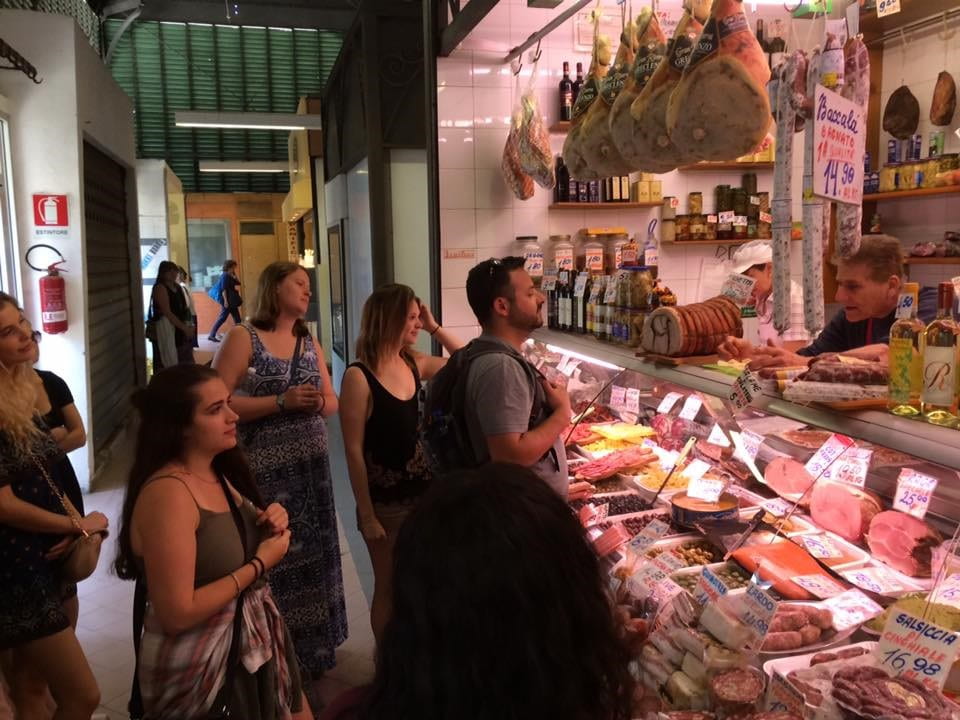
Lastly, we visited Il Mercato Centrale Firenze which contained a variety of restaurants and vendors that almost resembled a large American food court. There were places that sold sushi, cold cuts, burgers, a variety of cheeses and meats, pastries, and much more. Being in this facility, I felt like I was at home. It had a much more fast-paced environment and contained many foods that I was familiar with.
Today’s journey emphasized the role food has in various cultures. In Italian culture, food and meals are heavily valued and are meant to bring people together to share an experience. While in the U.S., we view food as a source of instant gratification to cure our hunger and occasionally to gather with friends. Food is much more valued in Italy when it comes to the source, production, and exportation of goods, the setting in which food is consumed, and the overall purpose behind meals. Food always has been, and always will be, a major component of Italian culture.
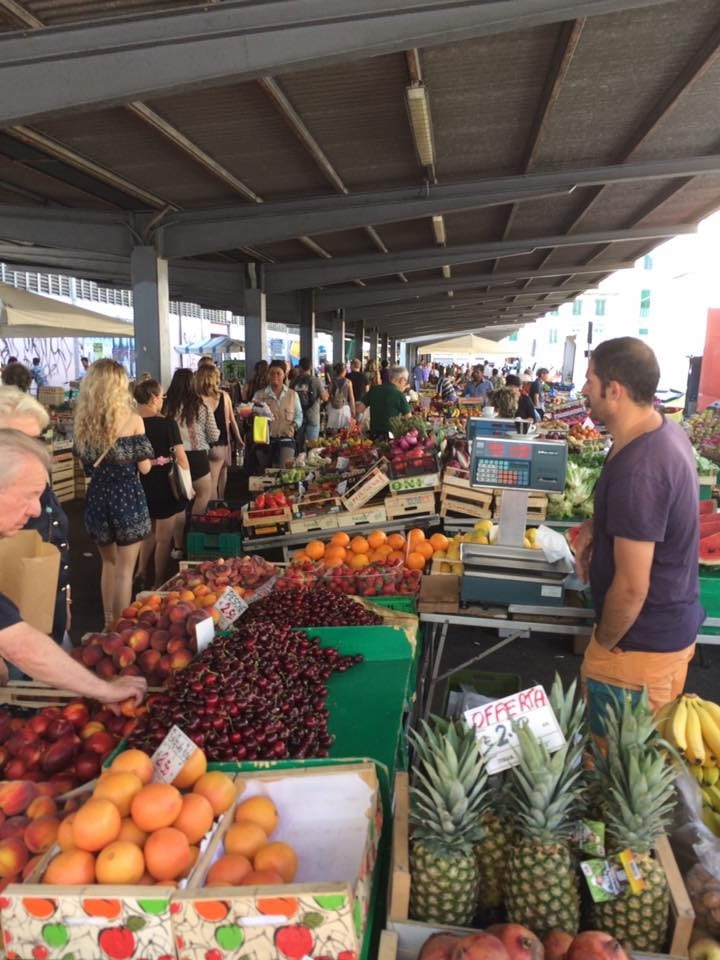
Day 13: Uffizi Gallery
Student Author: Darre’ll Joseph
On this day, we visited the Uffizi Gallery. This is one of the most visited galleries in the world. This gallery includes works that were owned by the Medici family during their ruling times. In particular, the Uffizi Gallery features world renowned, priceless works such as The Birth of Venus and the works of Leonardo di Vinci which are included in the photos associated with this post.
The Medici family was a banking family who became a political dynasty and later royal house in Florence during the 15th century. After this ruling house was extinguished, the works remained in Florence. This new museum was accessible to visitors by request and later opened to the public. This popular museum can acquire waiting times of up to five hours. Some works in the Uffizi are so precious the rooms are rooms are blocked off to visitors, allowing views only from the doorway. Some of the original works previously featured in the gallery have been moved out of Florence to other exhibits and have been replaced by models because of their high demands.
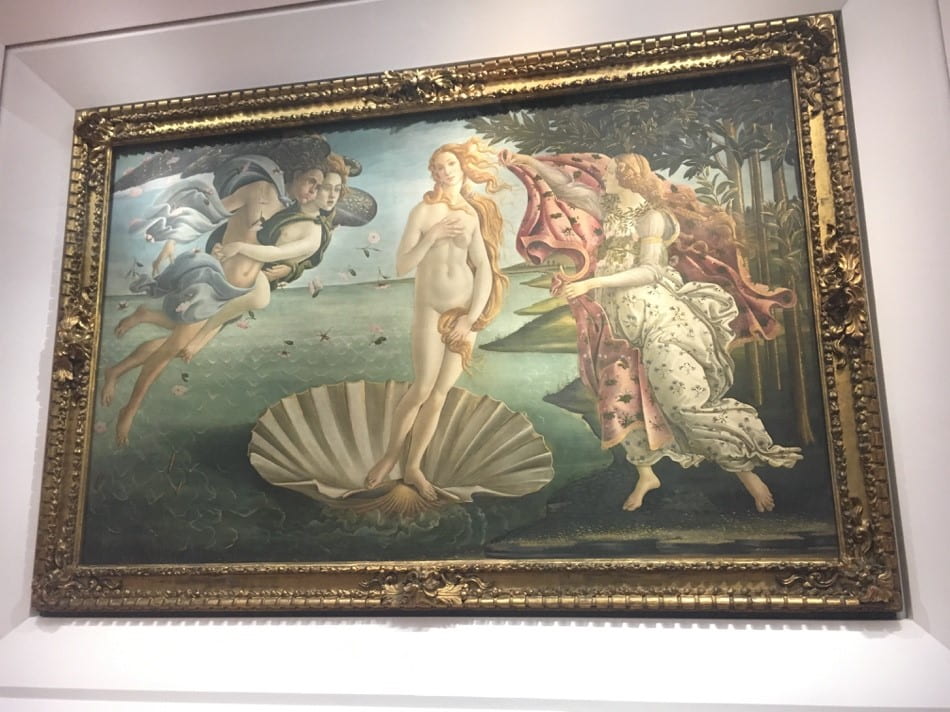
The Birth of Venus features a visible representation of the geek myth. This painting is more commonly known as the Primavera. There are other subtle messages to the painting which are largely subjective.
Leonardo di Vinci was and remains one the most prominent artists of the Renaissance Movement. While in competition with the likes of Michelangelo and Rafael, Leonardo revealed artworks beyond his time. Di Vinci is prominently regarded as a painter, although he possessed many talents which continue to exist in his legacy. Competition between the Medici family along with sponsors of Leonardo di Vinci and other renowned artists listed are what made the Renaissance the movement that we know today. It was the drive to be remembered and regarded as the best that fueled new ideas and innovations among artists. A majority of the works in the Uffizi Gallery once belonged to the Medici family and are lasting works of the Renaissance Movement.
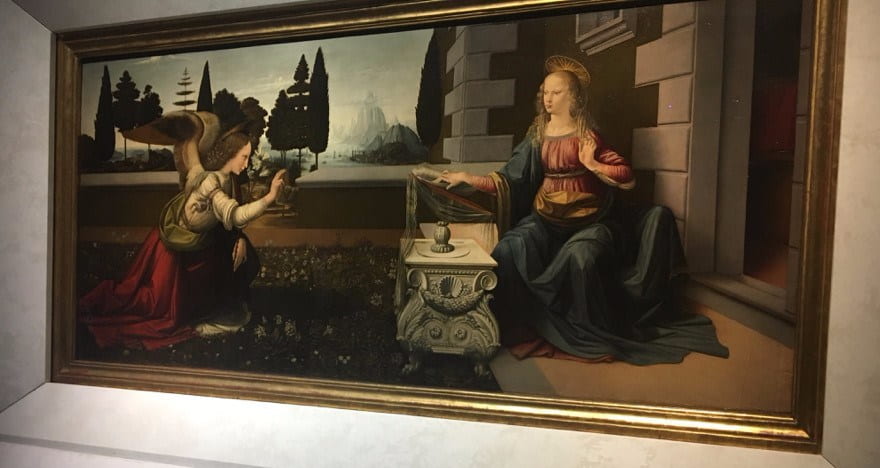
Day 13 (Part 2): Italian Cooking Class
Student Blogger: Liz Eckenrode
Since we have been in Italy, we have been able to experience many new and unique dishes native to Italy. After being able to go out to dinner every night and try these dishes, we got to experience hands on how these meals are made. Our marvelous group of 26 puts their cooking skills to the test. We put on our aprons and got to work.
We started off by making the sauce for our lemon zest pasta. After that, potatoes and onions were chopped to make a delectable side dish. Group members were really challenged as they had to cut and beat the chicken, stuffing it with a spinach filling.
To follow this amazing dinner, we made delicious strawberry cream to go atop the panna cotta. I found this to be my favorite part of the meal. This experience really showed us what an Italian meal is all about. Seeing how everything is made fresh rather than pre-packaged and processed was also great. In Italy, the produce is grown locally from the best places around. As we cooked this meal, we all gained so much knowledge on the Italian culture. At the end of our cooking class, we received the recipes of the food we made. I am happy to bring some of the Italian culture home and share it with my family!

Day 14: Ganzo Ristorante
Student Author Gabi Shifflett
One of my favorite activities of our whole Italian adventure had to be our wine tasting. We were led by Gabriella, a level 3 sommelier who studied at the school 3 years—1 for wine and 2 for cooking.
She taught us a lot about the process that goes into making wine and the processes that differentiate the different types of wines. This is the maceration process. In order to make wine, one must harvest the grapes, destem them, crush then press them making sure to not over-press. The white wine then goes into a vat, while red wine goes into a vat with its skin. The next step is the fermentation process in which sugar, yeast, CO2, and water turn into alcohol.
I thoroughly enjoyed learning about the wine making process because I got to learn about the behind the scenes aspects of making what is for my family a normal household item. I also enjoyed this as I have been to wine tastings before, but none compared to this. During our wine tasting, Gabriella helped us to analyze and dissect the different smells and flavors which we found in each wine. She also taught us the proper way to look, smell, and taste our wines to get the full flavor.
One thing I found particularly interesting while doing the tasting was the large difference the food made in the taste of the wine. While doing our tasting Gabriella choose foods such as meats, cheeses, and biscotti to pair with the different types of wines. I found it interesting to taste the wine and food separately in comparison to how they tasted together because both complimented each other so well. Often the food would bring out different tastes in the wine that had not been as bold before. Overall I enjoyed the tasting and was amazed by the amount of knowledge and education that goes into something as simple as pairing food and drink. I was very interested in this topic and would love to go again and learn more about the wine making and pairing process.

